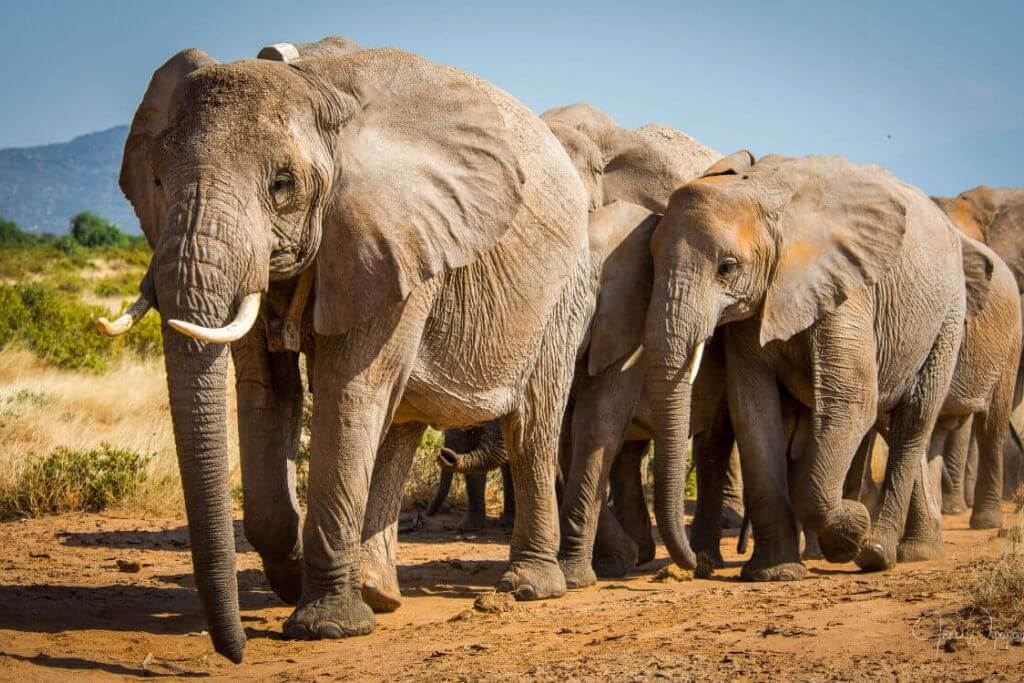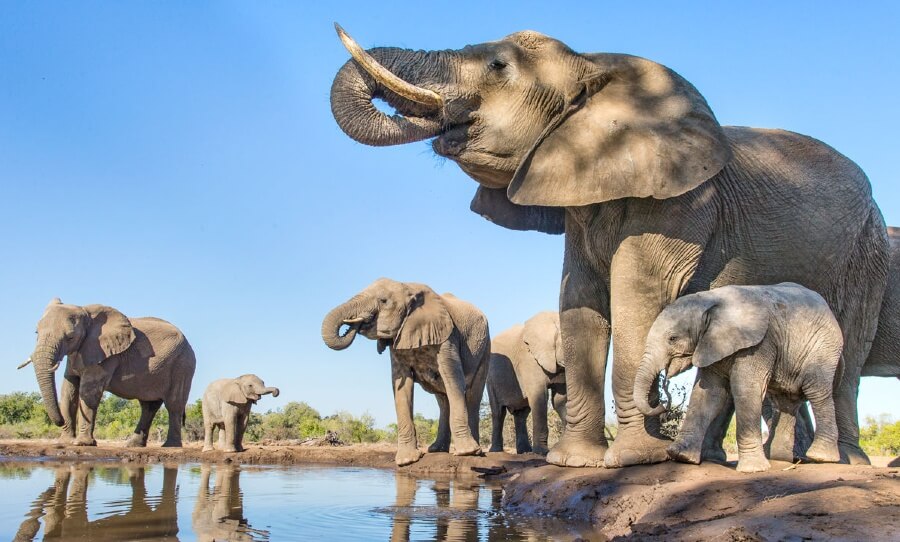Elephants are among the well-known land animals, both in Asia and Africa. Given that, it is not surprising that people frequently confuse the two. Despite being members of the same species, Asian and African elephants differ greatly in terms of their physical makeup. The physical traits, habitat, and population that distinguish Asian elephants from African elephants are covered in detail in this article.
Appearance
Asian Elephant

Asian elephants have twin-domed heads that are indented in the middle. They have much smaller ears that resemble semicircles. Comparatively speaking, the Asian elephant is smaller than the African elephant. Adults can jump 3.5 meters. They are in the 3000–6000 kg range. Male Asian elephants are the only ones with tusks; females have less-developed tusks known as tushes.
Lower lips on Asian elephants are long and tapered. In comparison to their African counterparts, Asian elephants have smoother skin. Their skins are far more wrinkled and rough.
African Elephant

African elephants have heads that are rounder, fuller, and have a single dome-shaped top. They have much larger ears that resemble the shape of the continent. They are the larger of the two types of elephants. Adults can grow as tall as 4 meters. They typically weigh 4,000–8,000 kg. The tusks are present on both male and female African elephants.
Related post Baby elephant’s adorable struggle to escape a mud bath in South Africa
Habitat
In Nepal, India, Bangladesh, Sri Lanka, Myanmar, Laos, and Thailand, you can find Asian elephants. African elephants can be found in the savannas, deserts, and rainforests of West, Central, and Africa.
Longevity
African elephants can live up to 70 years, compared to 48 years for Asian elephants.
Population

Due to hunting, habitat fragmentation, etc., the African bush elephant population is steadily declining. According to reports, poaching is the main cause of the eight percent annual decline they are experiencing. This species is classified as endangered in most of the world. The IUCN Red List has classified elephants as a vulnerable species since 2004. The sudden rise in human populations occupying their habitats shows an average decline of 200,000 elephants.
According to estimates, the entire species might become extinct in ten years. The African bush elephant is thought to be most prevalent in Gabon and Congo. While parts of the Central African Republic have virtually no remaining examples of the animal. The IUCN regularly tracks elephant populations to determine which conservation strategies work best. Across many nations, the decline is starting to become more pronounced.
The biggest threats facing Asian elephants today are habitat loss, degradation, and fragmentation, which will inevitably result in more conflicts between people and elephants. They are hunted down for their meat and leather as well as ivory and other products.
Read more Big problem: An elephant chases after a car after being startled in Kenya
